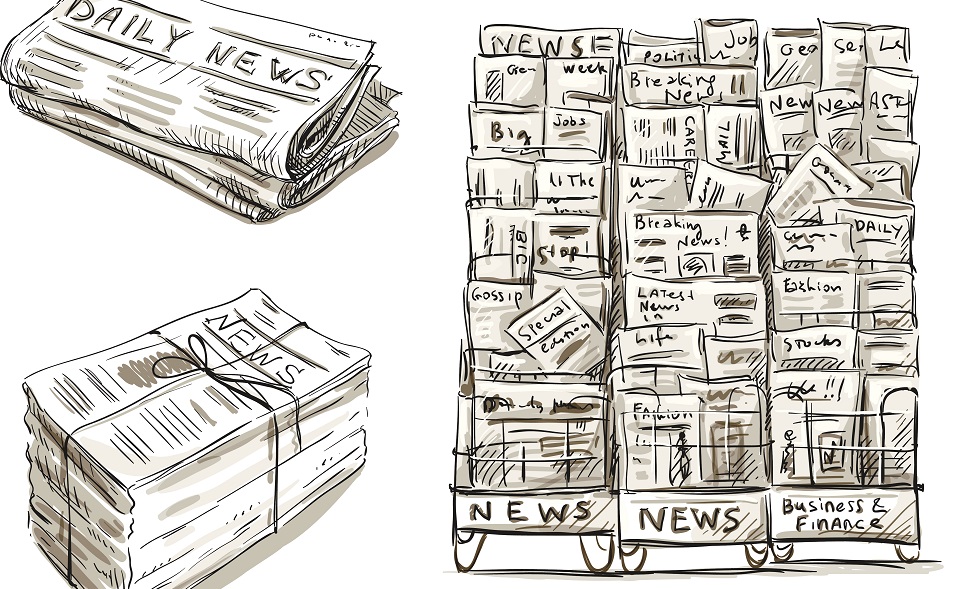15 Nov 2019
Lib Dems and women the lost voices in first week of media election coverage
It was a two-horse race in terms media coverage for the first week of the election campaign, with the Conservatives and Labour dominating both TV and print news.
The Liberal Democrats were a clear third in respect of their share of media coverage, accounting for just an eighth of all TV reporting. The party and Jo Swinson’s newspaper presence was also significantly less, failing to match that of the Brexit Party.
In the first of four reports by Loughborough University’s Centre for Research in Communication and Culture (CRCC) analysing media coverage of the General Election, the audit also found significant gender inequality across all media coverage. Women’s voices accounted for just a third of all quotation in TV news and a fifth of quotation in the national press.
Speaking about the first report, co-author Professor David Deacon said: “The mainstream media remain an extremely significant part of the election campaign: both in their direct communication with voters and in the redistribution of their content through social media platforms. This importance increases with political uncertainty, as citizens struggle to establish what to believe and who to trust.”
Other highlights from the first report include:
- Boris Johnson and Jeremy Corbyn were the most prominent politicians during the opening stage of the campaign.
- Discussion of the drama, rituals and uncertainties of the election itself dominated the campaign in the first week, particularly in the press.
- Brexit was the most prominent policy-oriented issue of the campaign during the first week.
- Coverage focusing on the Environment was far more prominent in TV news than press coverage. This has been largely driven by serious incidences of flooding across the country, which stimulated wider discussion of the adequacy of politicians’ responses to the crisis.
- Only the Conservative party received more positive than negative coverage across all newspapers. This reflects the strong editorial support provided by the newspapers with the largest circulation (the Daily Mail and the Sun).
*For the full data and an explanation on how it is collated visit the University’s General Election website.
Results in the report are derived from detailed content analysis of news coverage of the General Election, compiled by experts in the CRCC. The research team has conducted news audits for every General Election since 1992.
To view the full report visit the University’s dedicated General Election website and for updates follow @lboroCRCC on Twitter.
In a hurry? Listen to the Election Headlines podcast. Released every Friday, the podcast gives a summary of the team’s weekly reports.















